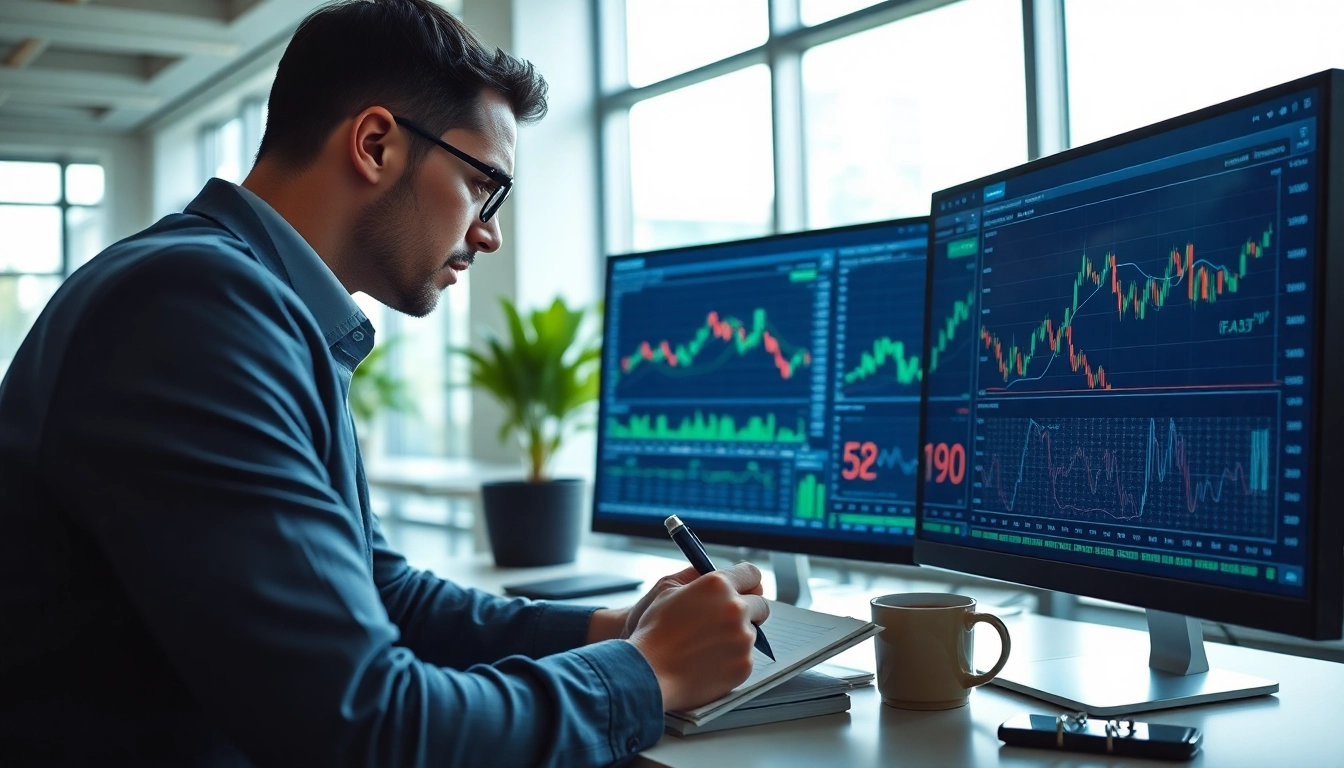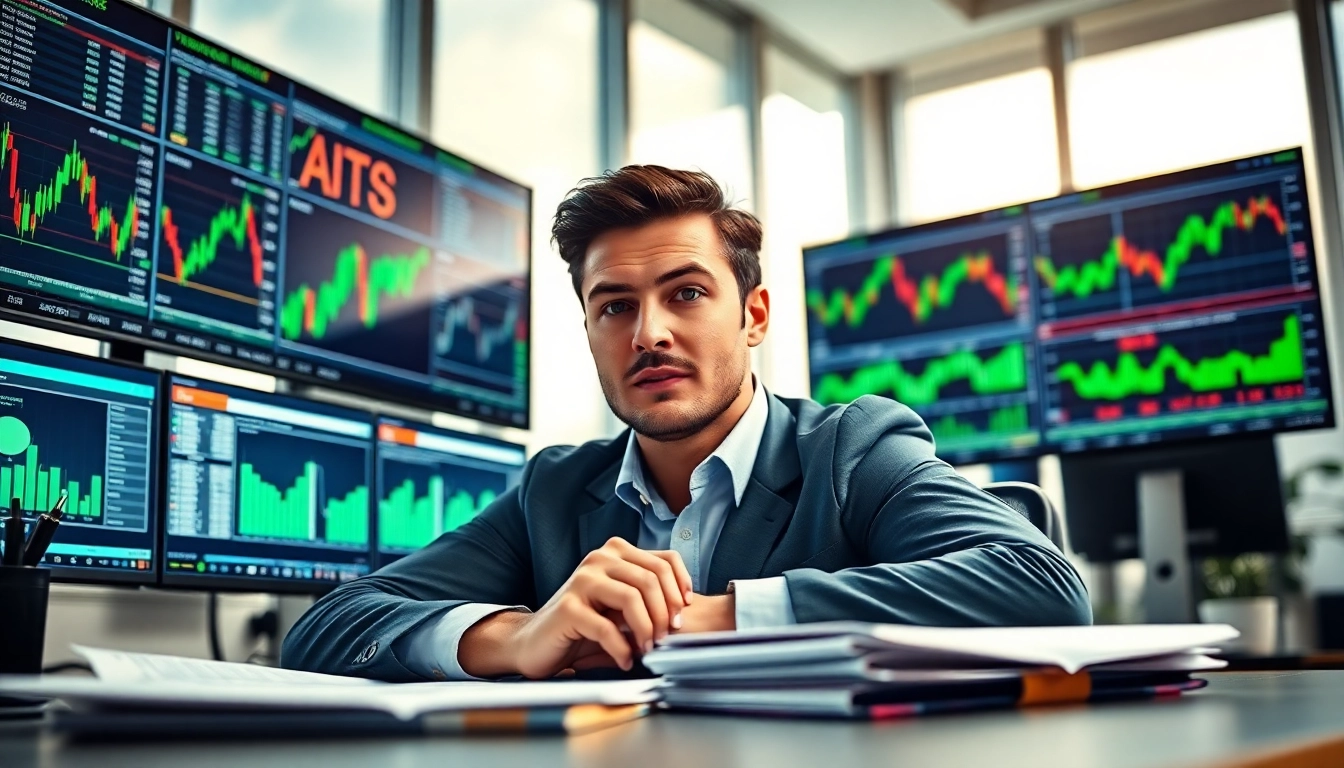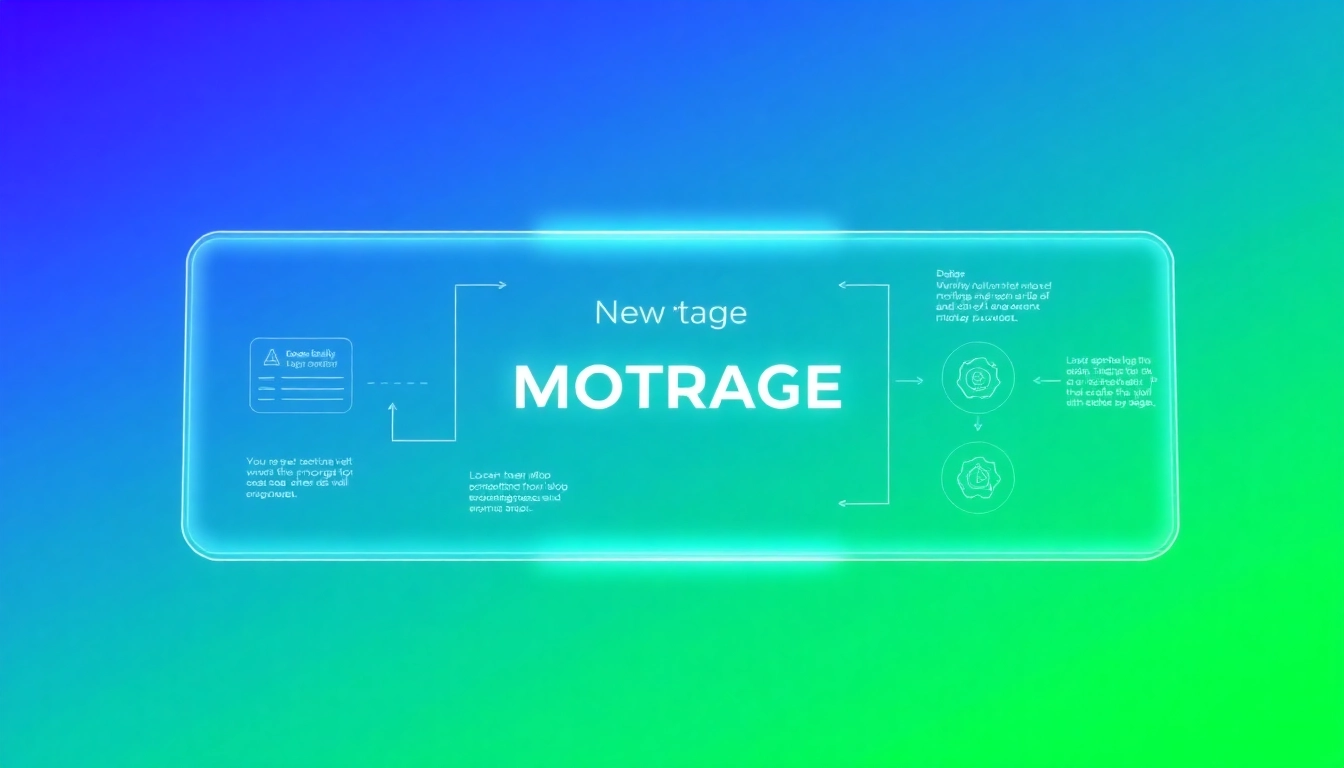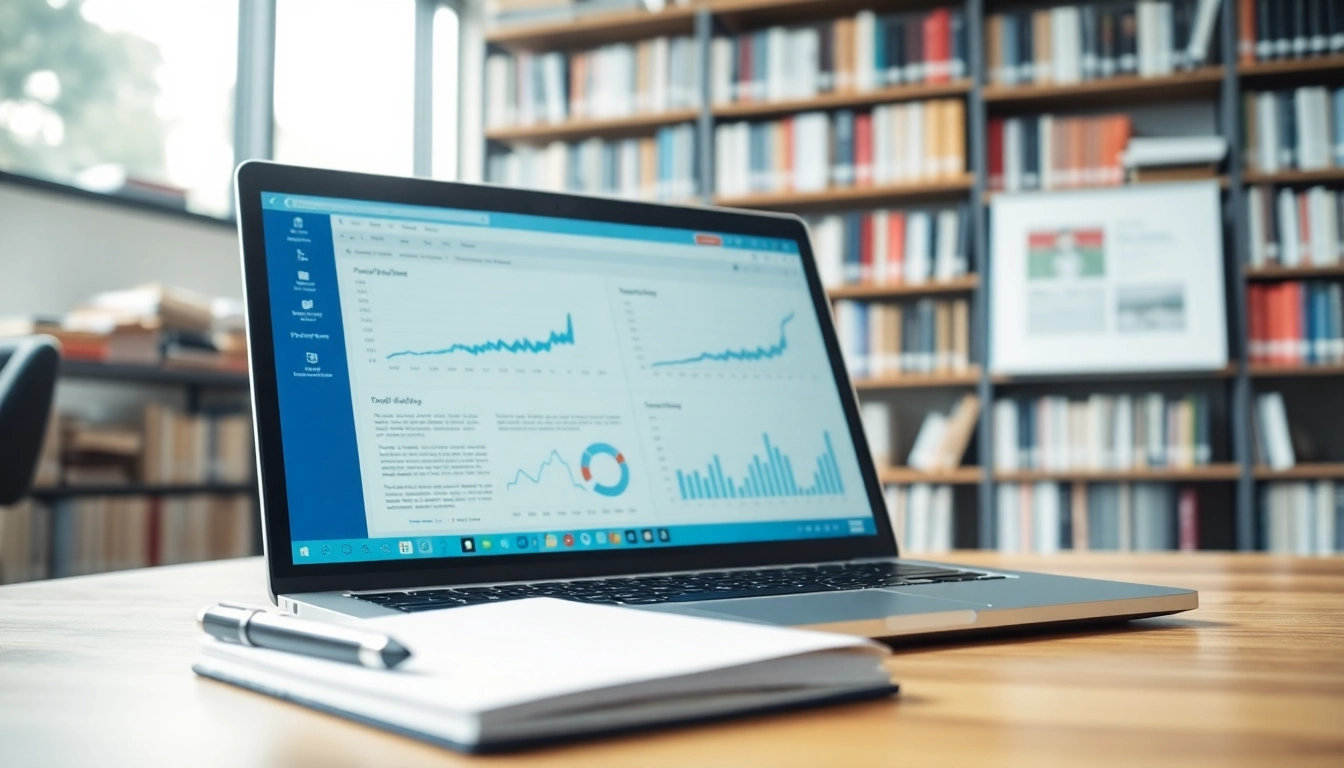What Are Trade Futures?
Definition and Basic Concepts
Trade futures involve contracts that are legally binding agreements to buy or sell an asset at a predetermined future date and price. The essence of futures trading lies in the speculation of the price of an underlying asset, which can be anything from commodities like oil and gold to financial instruments such as stock indices and currencies. The mechanics of futures involve both buyers, who agree to take possession of the underlying asset, and sellers, who agree to provide that asset, all settled at the contract’s expiration date.
Futures contracts are standardized, meaning the terms, including contract size, expiration date, and settlement procedure, are predetermined by exchanges. This standardization ensures liquidity, as these contracts can be easily traded on the exchanges. Engaging in trade futures is a strategy that investors use to hedge risk or to speculate on future price movements, making it a dynamic aspect of financial markets.
Types of Futures Contracts
Futures contracts can be broadly classified into two categories: commodities and financial futures.
- Commodity Futures: These contracts relate to physical goods such as agricultural products (corn, wheat, soybeans), metals (gold, silver), and energy products (oil, natural gas). Commodity futures allow producers to hedge against price fluctuations and provide investors with a way to speculate on the movement of commodity prices.
- Financial Futures: Unlike commodity futures, financial futures are based on financial instruments, including stock indices, interest rates, and foreign currencies. Index futures, such as those linked to the S&P 500, enable investors to speculate on the future movement of the stock market.
Regulatory Framework and How it Affects Trading
Futures trading is regulated primarily by the Commodity Futures Trading Commission (CFTC) in the U.S. This regulatory body oversees futures market participants and ensures fair practices, protecting both investors and the integrity of the market. Various regulations, such as those related to margin requirements, limit trading risks and prevent market manipulation.
Understanding these regulatory aspects is crucial for anyone venturing into futures trading. For instance, the requirement for margins – the collateral traders must deposit to cover potential losses – varies depending on the contract and can significantly affect leverage used in trades. Compliance with these regulations not only helps avoid penalties but also fosters a stable trading environment.
Benefits of Trading Futures
Leverage and Margin Trading Advantages
One of the primary benefits of futures trading is the ability to use leverage. Leverage allows traders to control a larger position than they could afford outright, which magnifies potential profits. Typically, traders only need to put down a fraction of the total trade value as margin—often as low as 5-10%.
For example, if a trader wants to buy a futures contract worth $100,000 and the margin requirement is 10%, they only need to deposit $10,000. While leverage amplifies gains, it similarly increases the risk of significant losses, making risk management strategies vital.
Diversification of Investment Portfolio
Futures trading offers a unique opportunity for diversification. Investors can gain exposure to different asset classes without having to buy the underlying asset. For instance, a trader can take positions in commodities, currencies, or indices, effectively spreading risk across multiple sectors.
This diversification is particularly advantageous during market volatility, as different asset classes may respond differently to economic events. By employing futures in an investment strategy, traders can construct a portfolio that balances potential risks and rewards effectively.
Hedging Against Market Volatility
Futures are an essential tool for hedging against market volatility. Producers and businesses can lock in prices for their products, thereby reducing uncertainty in revenue. For instance, a wheat farmer can sell futures contracts to ensure they receive a specific price for their crop, regardless of market fluctuations at the time of harvest.
Conversely, investors can hedge against declining markets by taking short positions in futures contracts. This strategy can help protect their overall portfolio from adverse price movements, providing a safety net during uncertain economic conditions.
How to Start Trading Futures
Choosing the Right Brokerage
Selecting a suitable brokerage is a crucial first step in the futures trading journey. Traders should evaluate brokerages based on their commission structures, trading platforms, margin requirements, and customer service. A good brokerage will provide a user-friendly platform with advanced trading tools, access to market research, and educational resources.
Additionally, it’s vital to choose a broker regulated by the CFTC or a similar authority to ensure compliance with industry standards. Factors such as leverage offered, transaction costs, and ease of withdrawals should also guide the decision-making process.
Fundamental Analysis for Futures Trading
Fundamental analysis plays a critical role in futures trading. Successful traders often analyze economic indicators, reports, and events that can potentially impact the underlying assets. For example, in agricultural futures, factors such as weather patterns, crop reports, and seasonal trends can influence prices significantly.
Traders must keep an eye on macroeconomic indicators, including interest rates, inflation rates, and geopolitical events, as these factors often impact financial futures. An understanding of the broader economic landscape enables traders to make informed decisions and identify opportunities that align with their trading strategies.
Technical Analysis Tools and Techniques
While fundamental analysis focuses on economic indicators, technical analysis emphasizes historical price movements and trading volumes to predict future price action. Various charting tools and technical indicators—such as moving averages, Relative Strength Index (RSI), and Bollinger Bands—are commonly employed.
Successful futures traders often develop a technical strategy that aligns with their trading goals and risk tolerance. This involves identifying support and resistance levels, trend lines, and patterns that can provide insights into potential price movements. Back-testing strategies and practicing with a demo account can further enhance a trader’s proficiency in technical analysis.
Common Mistakes in Futures Trading
Emotional Trading and Its Consequences
Emotional trading is one of the most common pitfalls that traders face. Allowing emotions such as fear, greed, or overconfidence to dictate trading decisions can lead to significant losses. Traders must strive for discipline, sticking to predetermined strategies and avoiding impulsive actions.
Techniques such as setting stop-loss orders and maintaining a trading journal can help mitigate emotional influences, providing structured decision-making processes during trades.
Over-leveraging Risks
While leverage can magnify profits, it can also lead to substantial losses when mismanaged. Over-leveraging occurs when traders take on more risk than their trading account can handle, leading to margin calls or complete account liquidation.
To mitigate these risks, traders should establish a clear risk management strategy that dictates how much capital to risk on each trade, typically limiting it to a small percentage of their total capital. This practice not only protects their capital but allows them to withstand potential drawdowns without jeopardizing their trading accounts.
Ignoring Market Trends and News
The futures market is heavily influenced by economic data releases, geopolitical events, and market sentiment. Ignoring these factors can lead to poor trading decisions. Keeping up to date with news affecting the markets is essential for successful trading.
Traders should establish a routine to review relevant economic calendars, market reports, and industry news that can impact their trading positions. Additionally, many traders utilize alerts to stay informed about significant market movements that could necessitate strategic shifts.
Future Trends in the Futures Market
Technological Advancements in Trading
The evolution of technology has revolutionized futures trading. Advanced algorithms, machine learning, and big data analytics are increasingly incorporated into trading strategies. This trend facilitates faster decision-making and more sophisticated trading strategies that can quickly adapt to changing market conditions.
Algorithmic trading, in particular, is gaining popularity, allowing traders to execute large volumes of trades at lighting speed based on pre-defined criteria. The ability to backtest strategies against historical data provides a significant edge for traders looking to refine their approaches in the fast-paced futures market.
Impact of Global Events on Futures Trading
Global events continually shape the financial landscape. From geopolitical tensions to significant economic agreements, current events can lead to unprecedented price volatility in futures markets. For instance, trade agreements or conflicts can dramatically influence commodity prices, particularly in the agricultural and energy sectors.
Traders who stay informed about global developments and amass geopolitical knowledge can better position themselves to anticipate market movements that could arise from these events. Using economic indicators alongside geopolitical analysis can enhance a trader’s foresight in navigating potential impacts on futures prices.
Expert Insights on Upcoming Market Movements
Consulting expert analyses and market forecasts can provide traders with valuable perspectives. Many financial institutions and brokerage firms publish regular insights on upcoming market trends, helping traders understand the potential directions of futures markets.
Engaging with community forums, webinars, and trading groups allows traders to exchange ideas, strategies, and insights. Collaborating and learning from both successful and unsuccessful trades can foster knowledge growth and enhance trading performance in the long run.








Leave a Reply